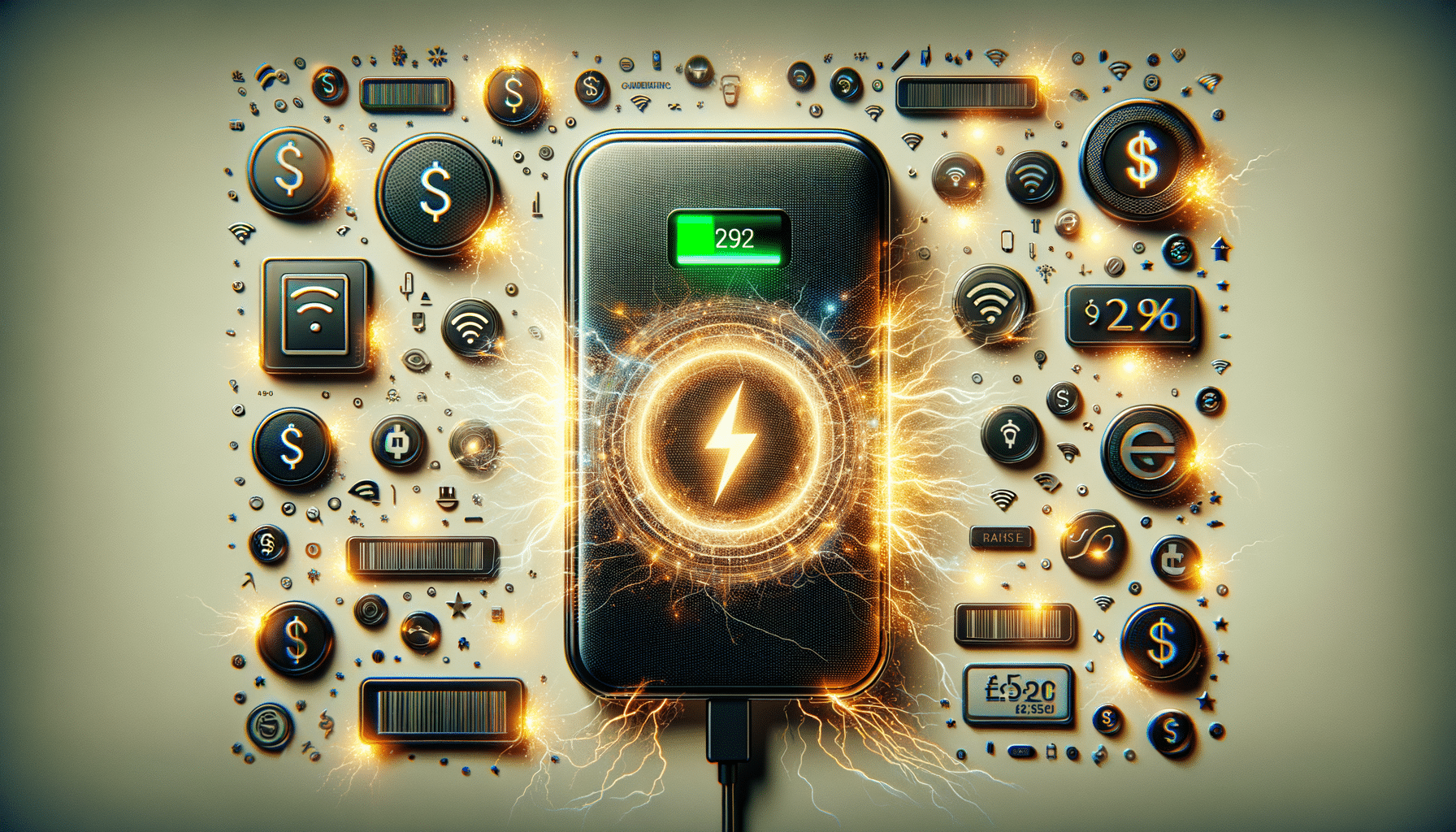How to Find Affordable Wireless Chargers
Exploring the world of wireless chargers reveals a blend of convenience and innovation that meets modern technological needs.

Understanding Wireless Charging Technology
Wireless charging technology has revolutionized the way we power our devices, offering a cable-free solution that simplifies daily routines. At the core of this technology is electromagnetic induction, where energy is transferred between two objects through coils. This method provides a convenient alternative to traditional wired charging, reducing wear and tear on charging ports and cables.
The most common standard for wireless charging is Qi, developed by the Wireless Power Consortium. Qi-compatible devices can be charged on any Qi-enabled pad, making it a versatile choice for consumers. The technology operates on principles similar to those used in electric toothbrushes and other small appliances, which have been wirelessly charged for decades.
As the demand for wireless charging grows, manufacturers are continuously improving efficiency and speed. Recent advancements have led to faster charging times and the ability to charge multiple devices simultaneously. This evolution reflects a broader trend towards integration and convenience in consumer electronics.
Benefits of Using Wireless Chargers
Wireless chargers offer a range of benefits that cater to the needs of modern consumers. One of the most significant advantages is the reduction of clutter. By eliminating the need for multiple cables, users can maintain a tidy and organized space, whether at home or in the office.
Additionally, wireless charging is more durable in the long run. Traditional charging cables are prone to fraying and damage, leading to frequent replacements. Wireless chargers, on the other hand, have fewer moving parts and are less susceptible to wear and tear, providing a more sustainable option.
Another benefit is the ease of use. Simply placing a device on a charging pad is more intuitive than plugging in a cable, especially in low-light conditions or for individuals with limited dexterity. This user-friendly approach enhances accessibility for all users.
Choosing the Right Wireless Charger
When selecting a wireless charger, several factors should be considered to ensure compatibility and satisfaction. First, verify that your device supports wireless charging and identify the specific standard it uses, such as Qi. This information is typically available in the device’s manual or on the manufacturer’s website.
Consider the charging speed, as different models offer varying power outputs. A higher wattage generally translates to faster charging times, but it’s essential to ensure your device can handle the increased power without overheating.
Design and functionality are also important. Some chargers offer adjustable stands, allowing you to use your device while it charges. Others feature multiple coils, enabling charging in different orientations. Selecting a charger that fits your lifestyle and preferences will enhance your overall experience.
Comparing Wireless Chargers to Traditional Options
While wireless chargers provide numerous advantages, it’s essential to compare them with traditional wired chargers to make an informed decision. Wired chargers typically offer faster charging speeds, as they deliver power directly to the device without the energy loss associated with wireless transmission.
However, the convenience of wireless charging often outweighs the speed benefits of wired options, especially for overnight charging or during the workday when immediate power is not a priority. Additionally, wireless chargers reduce the risk of damage to charging ports, which can be costly to repair.
Ultimately, the choice between wireless and wired charging depends on individual needs and preferences. Some users may prefer the reliability and speed of wired chargers, while others value the convenience and aesthetic appeal of wireless solutions.
Future of Wireless Charging
The future of wireless charging holds exciting possibilities as technology continues to advance. Researchers are exploring ways to increase efficiency and distance, potentially allowing devices to charge while in use or even while in motion.
Innovations such as resonant inductive coupling and radio frequency-based charging are being developed to extend the range and capabilities of wireless power transfer. These advancements could lead to a world where devices are continuously charged without the need for physical contact with a charging pad.
As the ecosystem of wireless charging expands, integration into everyday objects like furniture and vehicles is becoming more common. This seamless integration promises to make wireless charging an even more integral part of our daily lives, enhancing convenience and connectivity in a rapidly evolving digital world.